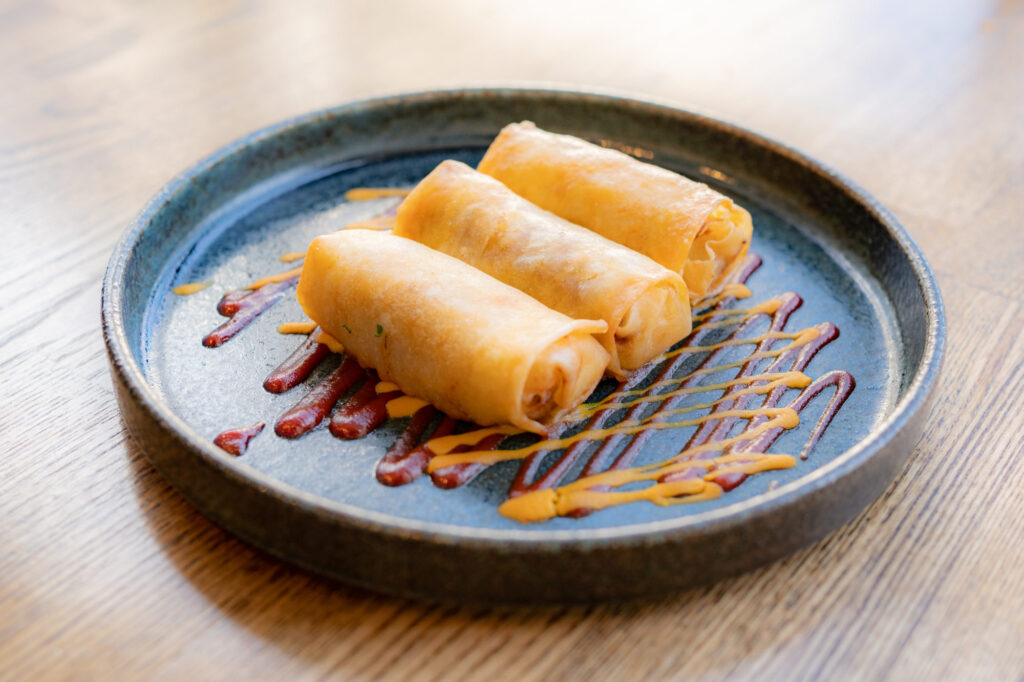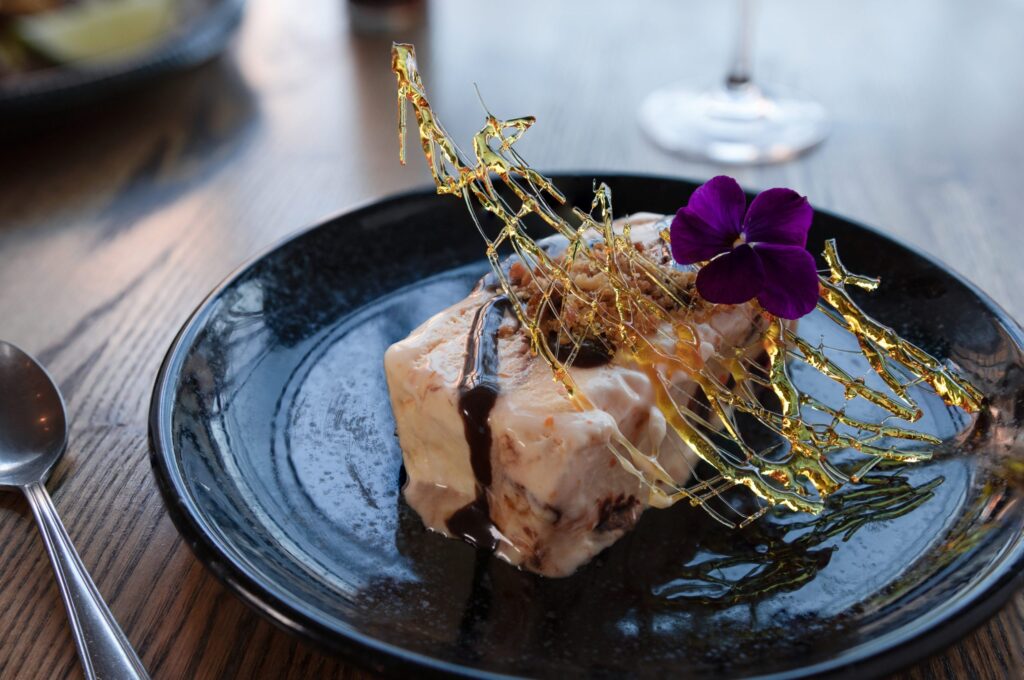Another Side of Tokyo
East Area of Tokyo Station becomes a magnet for global creatives and entrepreneurs.
Forward-thinking foreigners looking for a place to call home, start a business or simply visit for great dining are increasingly choosing the East Area of Tokyo Station (EATS) area.
The EATS area—which encompasses a wide stretch of land east of Tokyo Station, including Yaesu, Kyobashi, Bakurocho and Ningyocho, as well as neighborhoods around the stations of Monzen-nakacho, Sumiyoshi, Ryogoku, and Shin-nihonbashi—has attracted residents from overseas and locals for a number of reasons.
Many go there for its arts and cultural heritage, such as galleries and museums; others are drawn by its natural endowments, including parks and rivers; while some are attracted by its culinary traditions, embodied in its many sushi, tofu and soba (buckwheat noodles) restaurants.
It’s a place where the traditional blends with the cutting-edge, business intersects with art, global connects with local and long-standing businesses stand side-by-side with energetic newcomers. These contrasts combine to create a uniquely vibrant environment. And like iconic neighborhoods in New York City with distinctive monikers, such as DUMBO (Down Under Manhattan Bridge Overpass) and SoHo (South of Houston Street), EATS is making a name for itself.
This is the first in a series of articles that looks into the appeal of the EATS area, and features some of the people who live and run businesses there.
Oceania in Koto-ku
For husband and wife Teru and Kim Harase, Koto Ward has been an ideal location. They have established a café, restaurant, and coffee business that has quickly become an attraction for fashionable local, domestic and international customers.

Warm Welcome
Looking back at when they first opened iki five years ago, Kim fondly remembers the reception they received from the local community: “We were really humbled by the warmth of the welcome and the support that we got right from the start,” she recalls.
“That’s what we hoped for. We wanted to be local, to serve the locals, and to create a community inside the Kiyosumi-shirakawa area,” Kim says.
While iki’s offerings have become popular among social media savvy foodies—photo sharing app Instagram draws in many of them—the village-like community of locals that visit the cafe, some more than once a day, have added to its uniqueness.
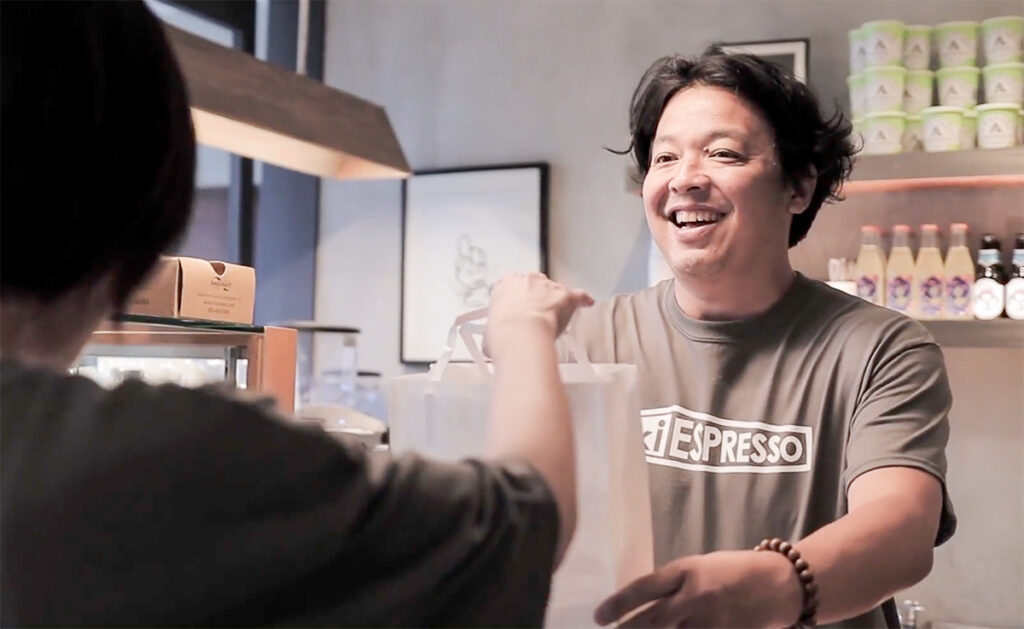
Globetrotter Couple
For Teru and Kim, establishing a base at Kiyosumi-shirakawa was an important step towards living the kind of life they had dreamed of since they met nearly three decades ago.
“We met in 1993 in Auckland. Teru had just graduated from university, and he came to New Zealand to play rugby and work as an inbound tour coordinator. We met through mutual friends, were married within six months, and have been together ever since.”
Owing to Kim’s work in international education, the couple enjoyed a globetrotting lifestyle between Oceania, North America, Europe and Asia.
In each place, their mutual love of good coffee accompanied by good food grew: “We used to go to one of the first really cool espresso cafes in Auckland, called Strawberry Alarm Clock, and I think it was from that that Teru discovered his love of coffee.”
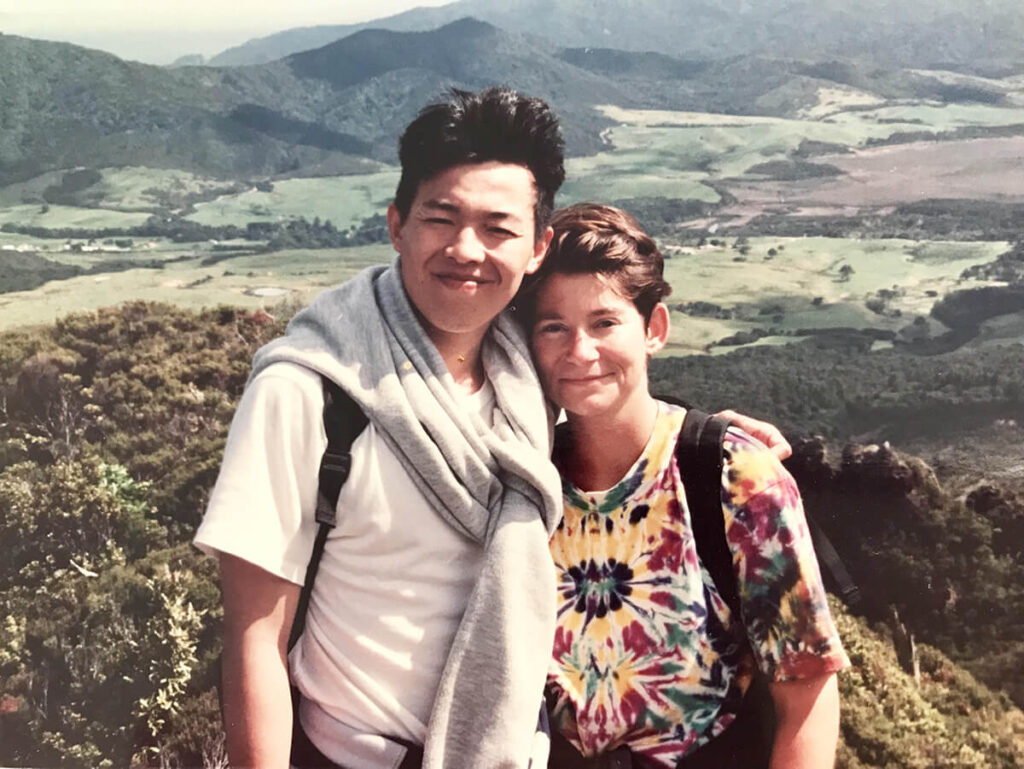
Teru then trained under leading coffee makers in New Zealand, eventually becoming an expert barista, manager of several cafes in New Zealand, and a consultant who established cafes for clients.
Today, Teru and Kim run a coffee consultancy through which they advise budding entrepreneurs who want to establish their own cafes. Indeed, some of the cafes they‘ve helped to establish are based in the EATS area itself.
Authentic City
The EATS area is today known as the home of Japan’s third-wave coffee culture. In the same period that iki was established, for instance, US-based coffee roaster Blue Bottle, a bastion of hipness, opened their first cafe in the same neighborhood. Many others have followed, attracting coffee lovers from around the world.
“They come to iki; they go to Cream of the Crops or Blue Bottle; and then they go to Arise. They spend the whole day visiting coffee places in Kiyosumi-shirakawa,” Kim says, referring to the flocks that visited the area in the period before the coronavirus pandemic.
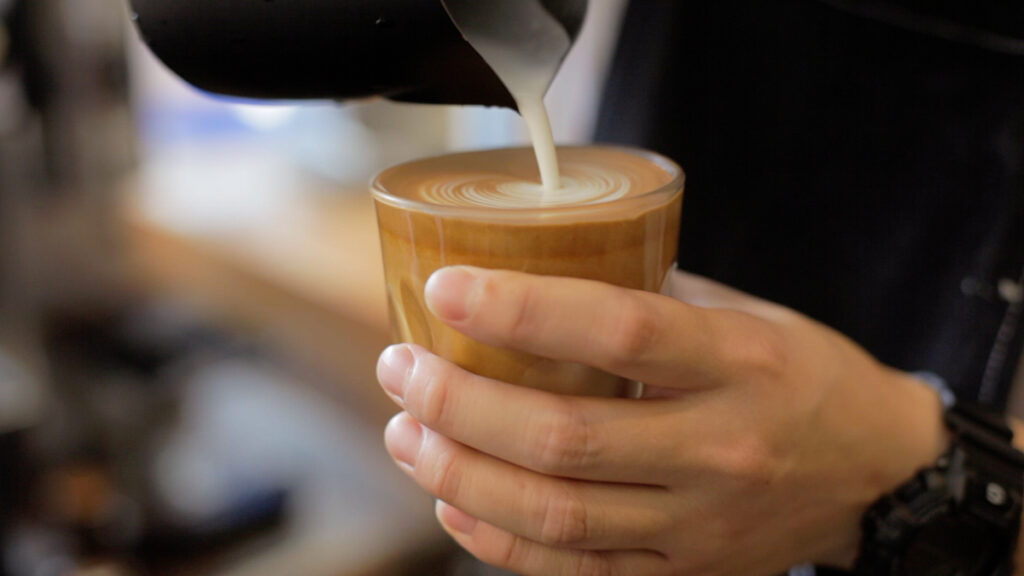
But in keeping with the area’s long history, before third-wave coffee arrived in the EATS area, places such as Kiyosumi-shirakawa had their own distinct culture and attractions, Kim says. The iki coffee roasting facility, for instance, is right on the Sumida River—a location that has been popular for generations. “Across the road from there, you can rent bicycles and cycle along the river and explore the area,” she adds. And the Sumida River is also an ideal location for taking cruises on yakatabune—tour boats that are best enjoyed by evening, when the trips are accompanied by food and drink to enjoy while taking in the night views. Now, the banks of the river are lit up by a panoply of neon signs and lights, but people have been spending evenings on yakatabune for centuries.
Nearby, locals and visitors can enjoy galleries as distinct as the ultra-modern Museum of Contemporary Art and the history-steeped Fukagawa Edo Museum, as well as a plethora of smaller independent galleries. And that’s not to mention traditional cake shops and small, old-school restaurants tucked away in quaint side streets in the area.
“And we love the Kiyosumi Park as well; it’s a great place for our customers who get a takeaway and go to eat it there,” Kim adds.
And if friends and family visit, where would she take them in the neighborhood? “There is a very old, traditional tofu shop nearby, where they’ve been making tofu for a hundred years or so. I take them there because not many people know about tofu making.”
But then, to eat, there’s a really good noodle shop also nearby, in a neighborhood where they still have some really old houses—and it’s along the river,” she says. “I take them there because it’s a really authentic experience.”
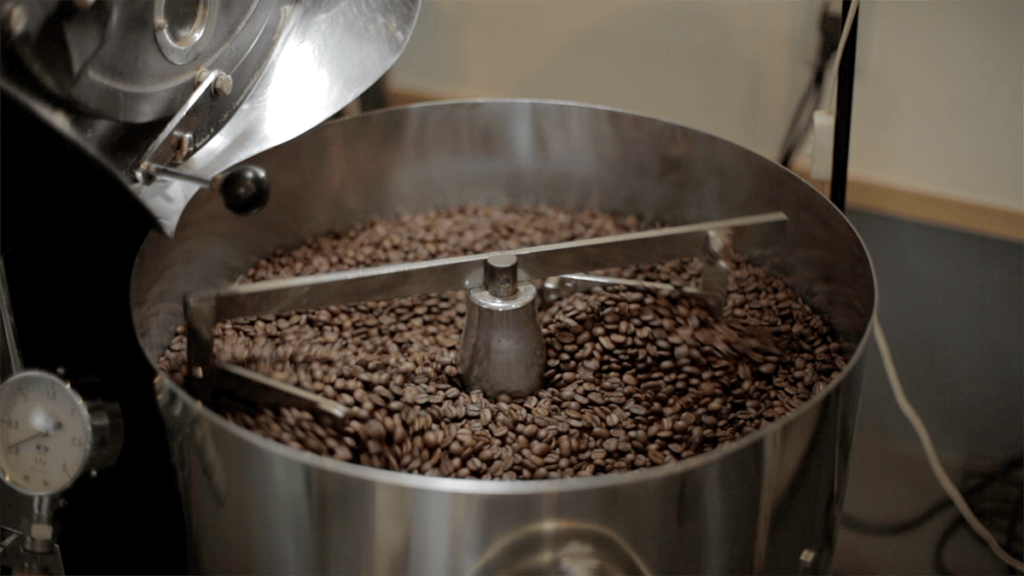

Running an ever-expanding coffee business and consultancy in the area with her husband, Kim is keen to point out that Kiyosumi-shirakawa, now a trendy neighborhood, was once called “the Venice of Tokyo,” and yet it still has “a real village feel to it.”
Located a stone’s throw away from Kiyosumi-shirakawa Station, at ground level in a five-story building that was once a warehouse, iki Espresso serves a variety of coffee apart from its namesake such as filtered, hand drip and more, including cold and iced variations.
Next to iki Espresso, the couple opened a rental space, called iki Style, where creatives such as artists and fashion designers showcase their creations. Previously, an artist exhibited her coffee-based art.On the second floor is their bistro Little iki, which opened in 2019. There, customers enjoy tapas and large plates to share. The fare is designed by chefs from Australia and New Zealand who visit Tokyo regularly to refresh the menu.
